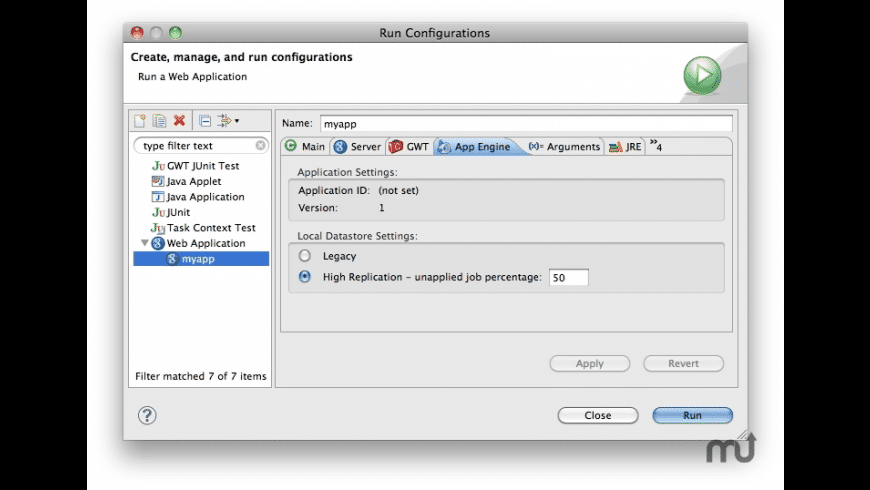
Google App Engine is a web framework and cloud computing platform for developing and hosting web applications in Google-managed data centers. run our application on-premises or in the cloud.incorporate model relationships and access controls for complex APIs.access data on Oracle, MySQL, PostgreSQL, SQL Server, MongoDB, SOAP and other REST APIs.create dynamic end-to-end REST APIs with little or no coding.LoopBack is a highly-extensible, open-source Node.js framework that enables us to: Built on top of Express, it can take a data model definition and easily generate a fully functional end-to-end REST API that can be called by any client. LoopBack is a framework for creating APIs and connecting them with backend data sources. Note: This article assumes that we are familiar with Node.js and that we have it installed. Therefore, we can rest assured that they will scale to serve all of our users, whether there are a few or millions of them. Besides that, the apps we create will be running on the same infrastructure that powers all Google products. It's easy to develop LoopBack apps and run them on Google Cloud Platform. This is a real Google App Engine deployment, so when the tutorial is over we can keep improving the application.
#Google app engine sdk install componet how to
learn how to config our App Engine environment in a YAML file.

scaffold a LoopBack project using the loopback -cli.



 0 kommentar(er)
0 kommentar(er)
